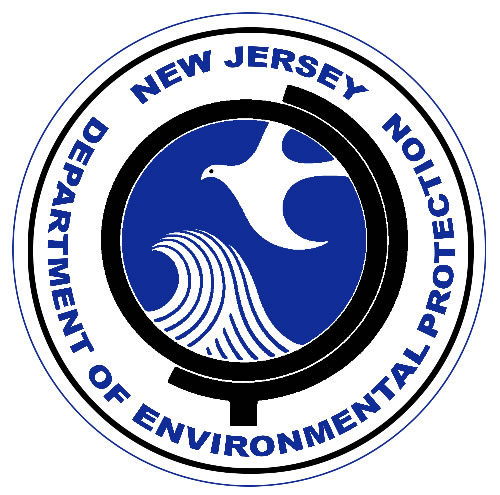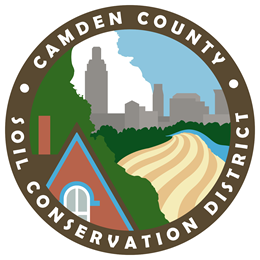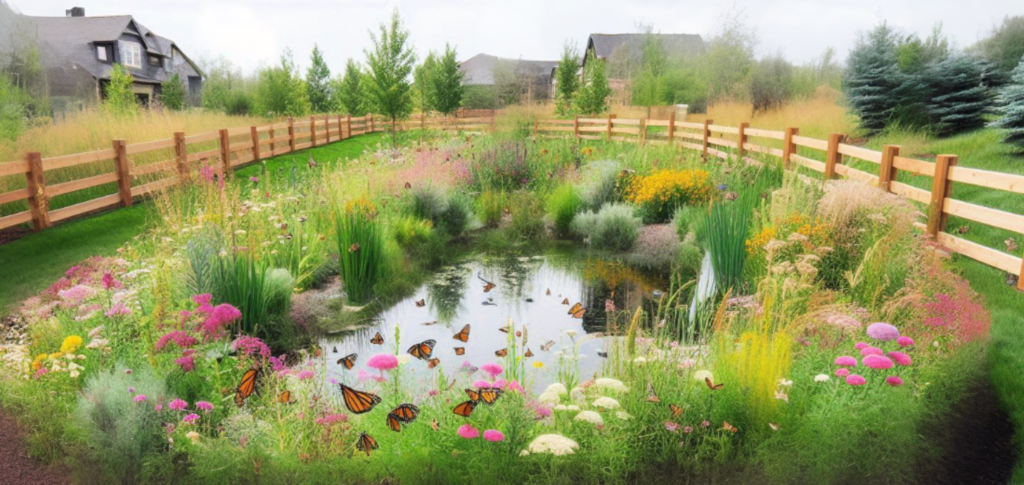
Welcome to our Lakewood Township Stormwater Basins Self-Guided Tour!
In the map below, click on each of the 4 colored pins to see the locations of the 4 stops on our Self-Guided Tour. Each click will reveal the exact location of the basin or garden, along with a brief description and photos. Scroll below for driving directions and fun facts about each basin. Start anytime, any day. Explore at your own pace. Visit all the basins or choose just one!
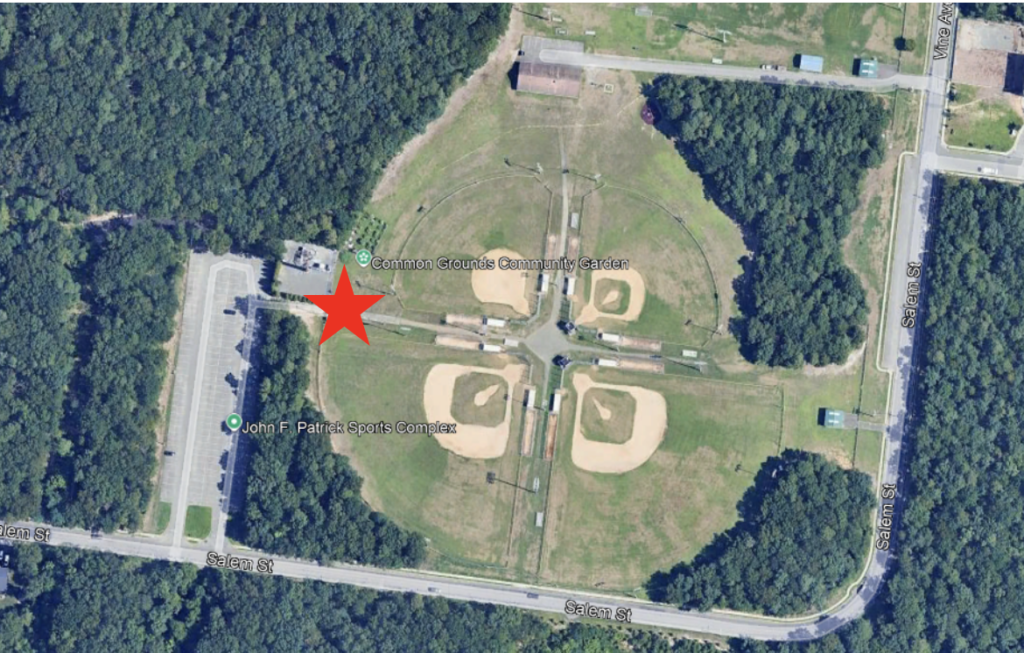
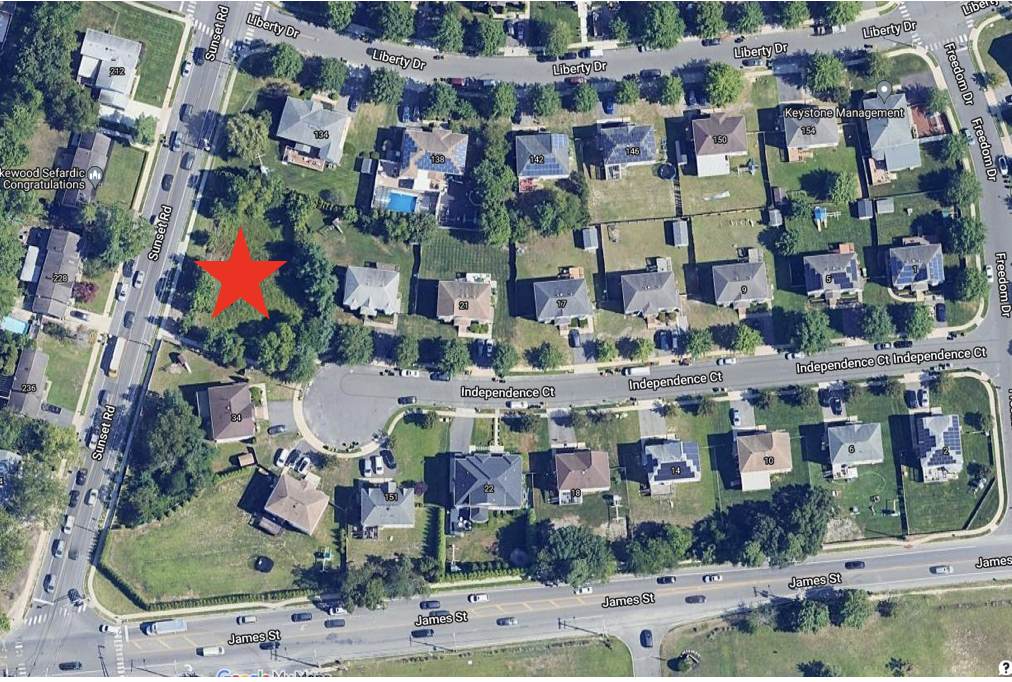
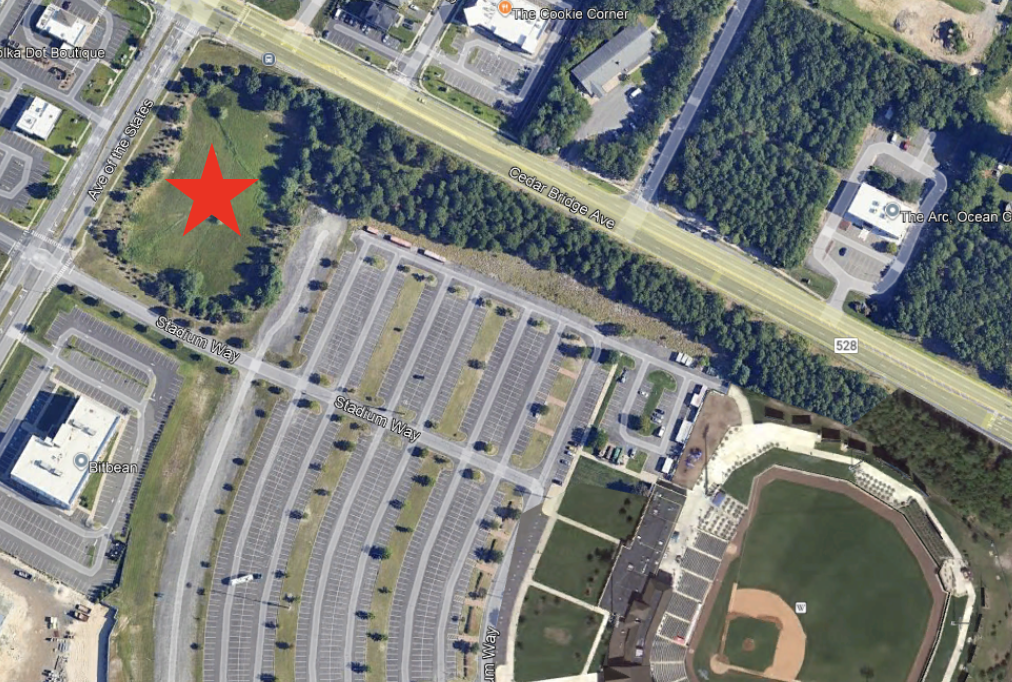
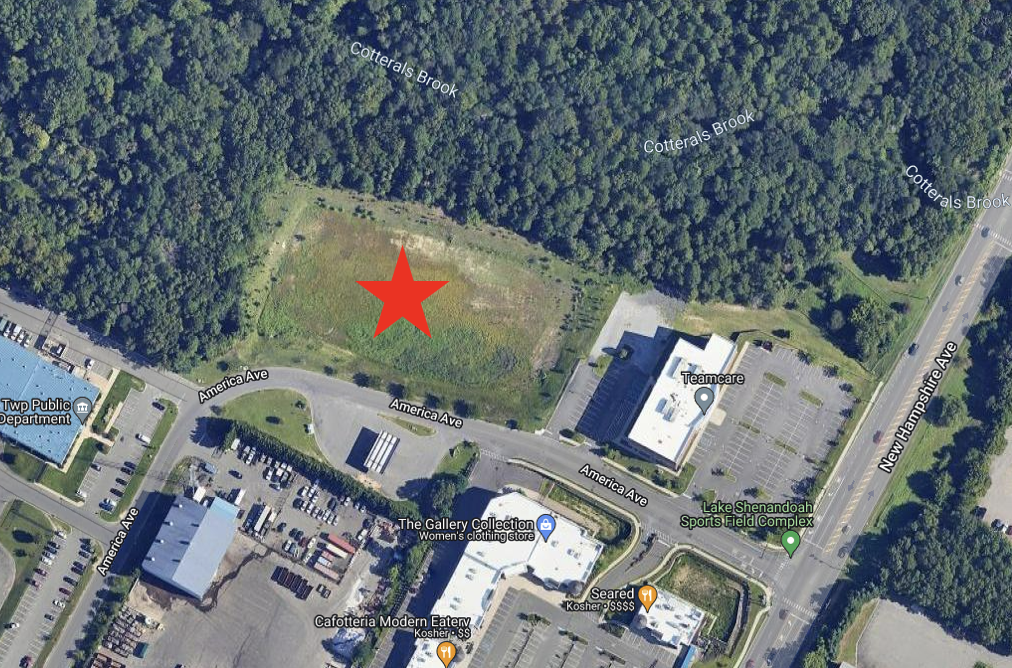
Self-Guided Tour Information:
This guide will help you explore three key stormwater basins plus one amazing pollinator garden, all located in Lakewood Township, New Jersey. Each basin plays an important role in stormwater management, water quality improvement, and provides ecological support to local ecosystems. Follow along as we explain the unique features of each basin. We begin our tour at the Common Grounds Community Garden, where you can view the new Pollinator Garden and learn about native flowers and grasses – many of which are planted in the basins.
Stop 1: Common Grounds Community Garden – Pollinator Garden
Location: John F. Patrick Sports Complex
Landscape Type: Pollinator Garden
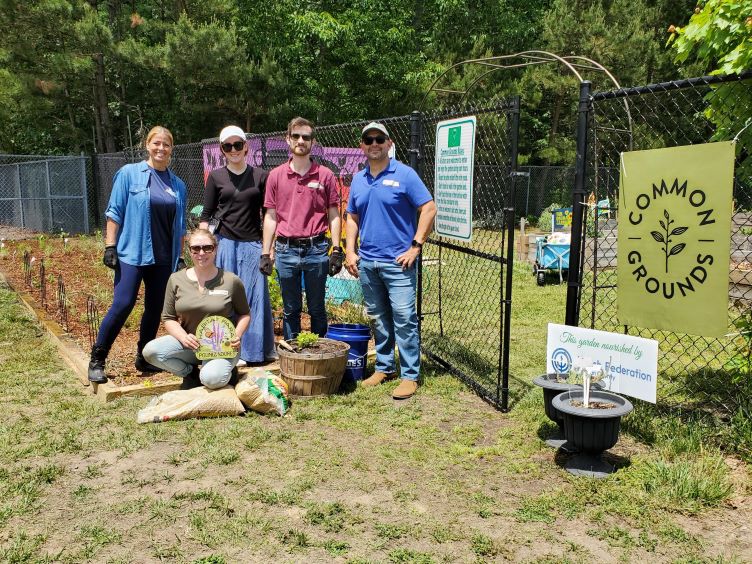
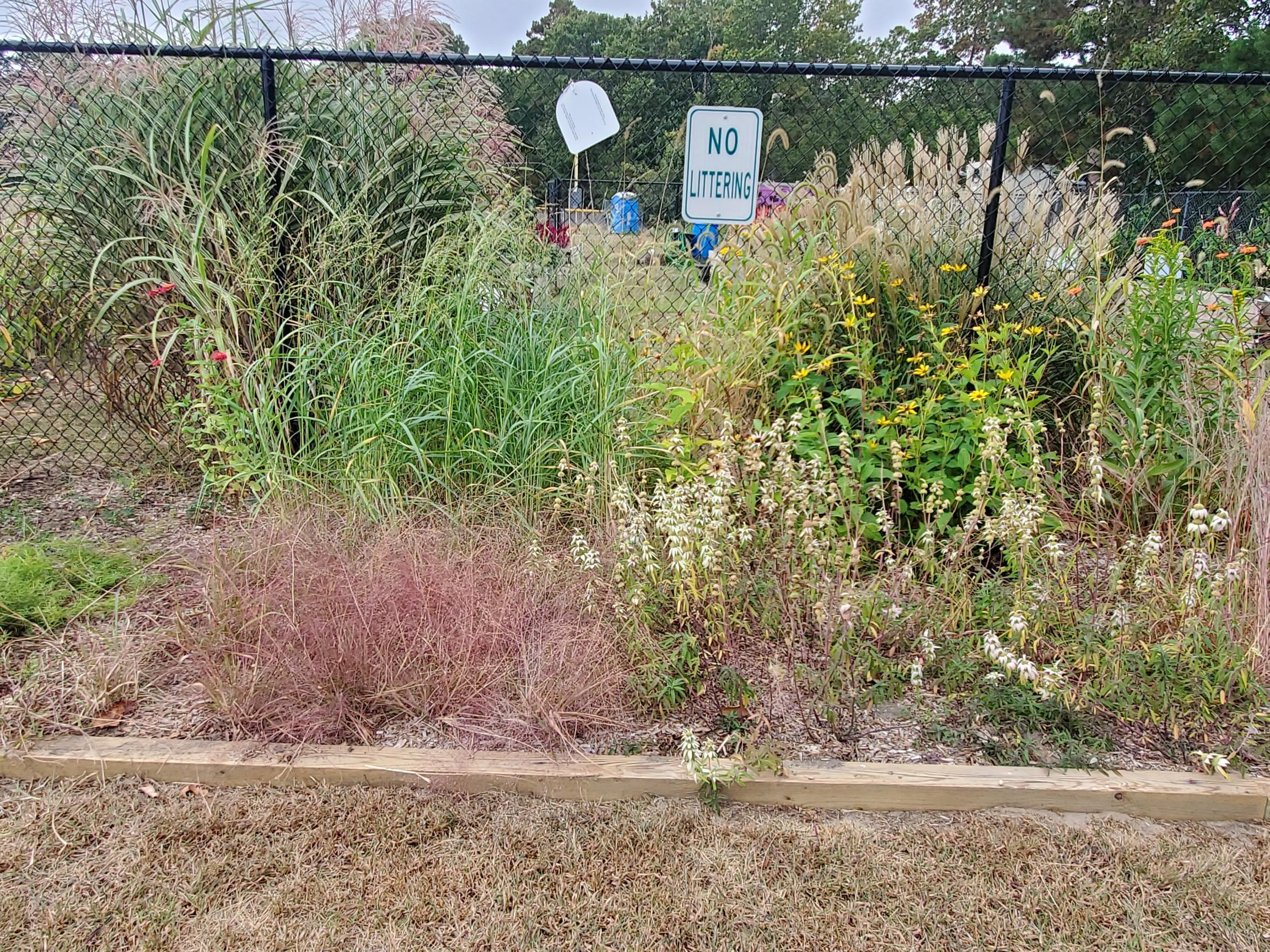

Key Features:
- Habitat: The Pollinator Garden is designed exclusively with native plants received through a grant from Xerces Society. Native flowering perennials, grasses and shrubs support pollinators by providing them with nectar and pollen for food, and host vegetation for butterfly caterpillars. Berries and seeds provide food for song birds, who also use the shrubs for shelter and nesting places.
- Soil Quality: Native plants have deep root systems that create pore spaces in the soil. The roots help with decompaction and the pore spaces provide a home for worms, ants, roly-polys and other soil biota. Healthy soil is at the root of all life on Earth!
- Water Quality: With healthy soil, water is able to percolate into the ground and recharge the aquifer. Healthy soil prevents flooding and controls erosion caused by water and wind.
Did You Know?
You can create a “mini wildlife sanctuary” right in your own backyard! Native plants are uniquely adapted to local environments. They provide the exact food and shelter that local birds and butterflies need to thrive.
Stop 2: Sunset Road / Independence Court
Location: Sunset Road (To access the basin, park at the end of the cul-de-sac on Independence Court.)
Basin Type: Detention Basin
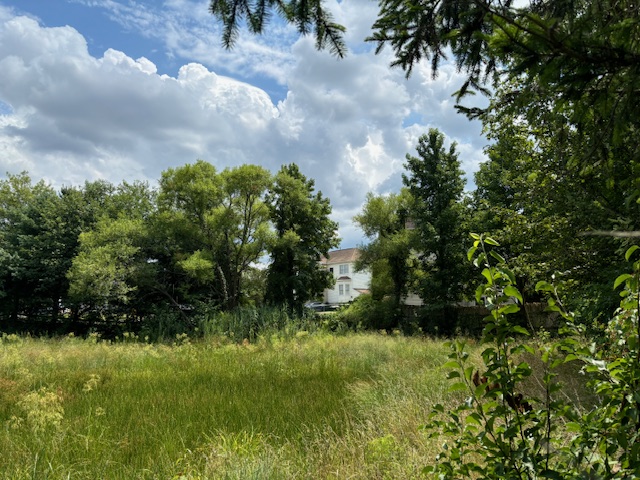
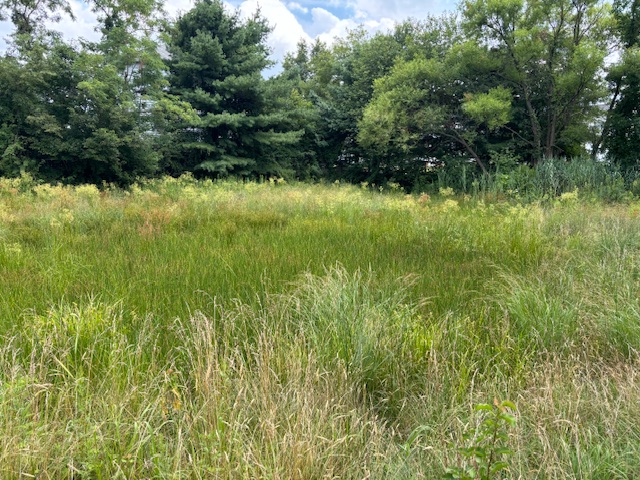
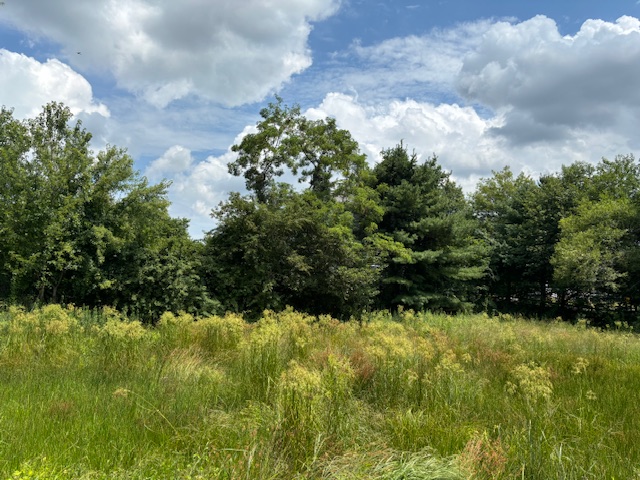
Key Features:
- Stormwater Management: This basin is designed to temporarily hold excess rainwater during storms, slowly releasing it back into the environment.
- Water Quality: The basin uses native vegetation to filter pollutants.
- Native Plants: Look for native grasses and flowering plants, including Swamp Milkweed, which provides a food source for Monarch butterflies and other pollinators.
Did You Know?
This basin helps reduce the risk of local flooding by slowing down the flow of water after heavy rains.
Stop 3: FirstEnergy Park – home of the Jersey Shore Blueclaws
Location: FirstEnergy Park (To access this basin, park at the corner of Stadium Way and Avenue of the States.)
Basin Type: Enhanced Detention Basin
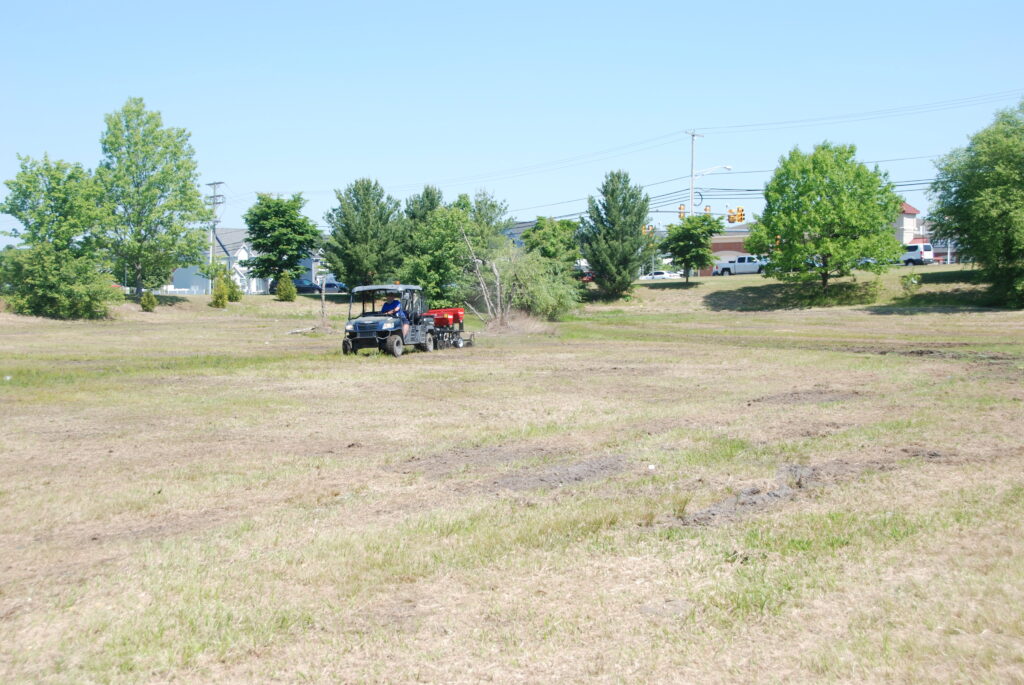
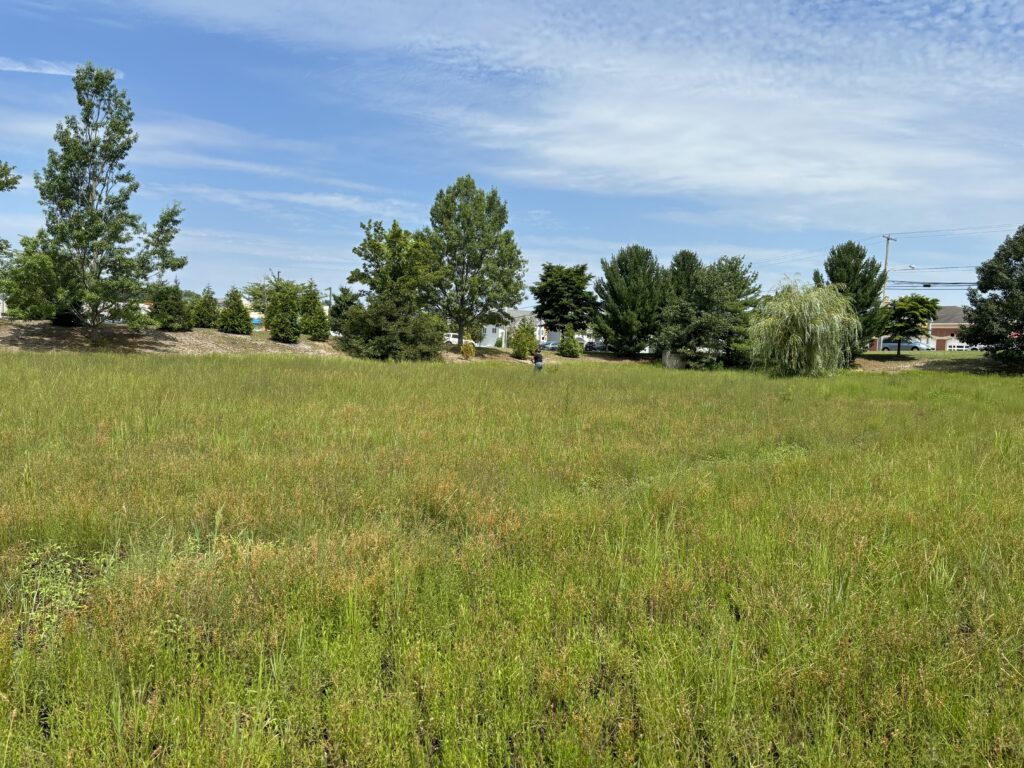
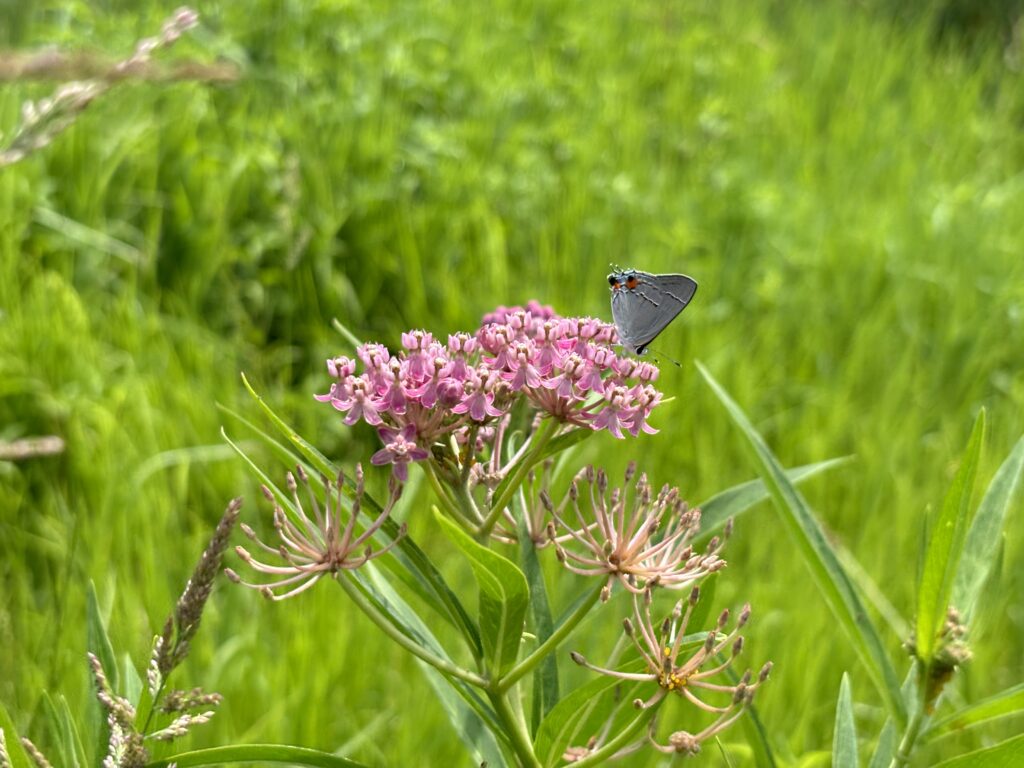
Key Features:
- Stormwater Management: This basin contains a water quality control structure that detains stormwater runoff resulting from typical rain events, and manages greater volumes of runoff from large storm events.
- Soil Stabilization: Deep roots of the trees growing on the perimeter of the basin help to stabilize the berm.
- Wildlife Habitat: Species planted in this basin include Indiangrass, Big Bluestem, Switchgrass and Seaside Goldenrod, which support wildlife including Pine Siskin, American Goldfinch, sparrows, and Monarch butterflies.
Take a Closer Look!
The FirstEnergy Park’s basin is designed to mimic natural ecosystems, providing shelter and food for native species.
Stop 4: Lakewood Township Department of Public Works
Location: Lakewood Twp Department of Public Works (To access the basin, park in the Lakewood Twp Department of Public Works visitors parking lot. The basin is caddy-corner at 1 America Ave.)
Basin Type: Infiltration Detention Basin
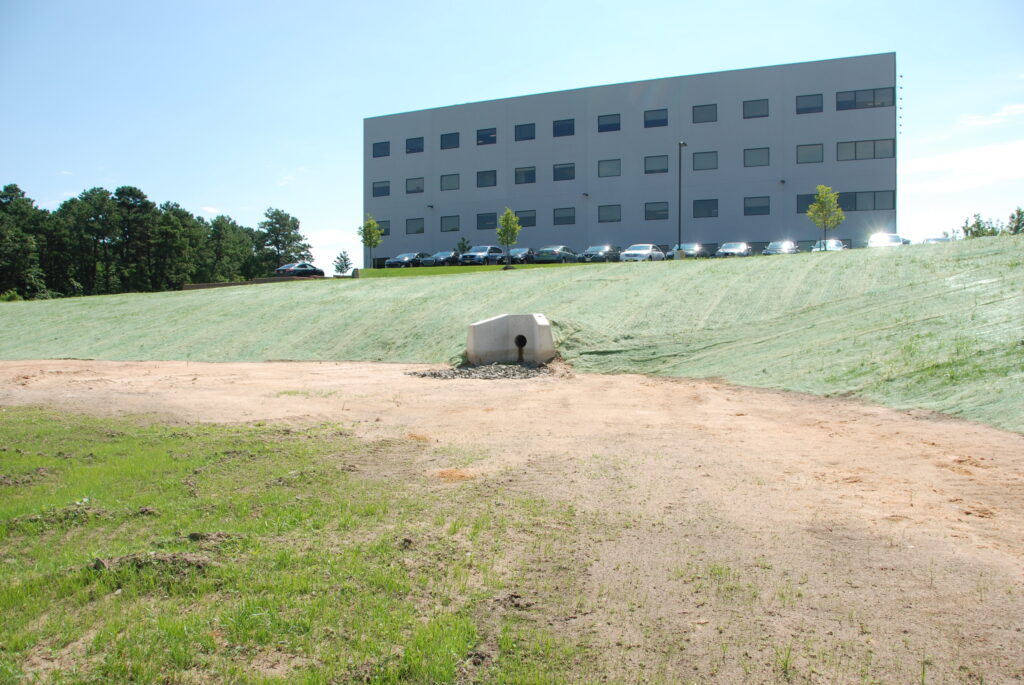
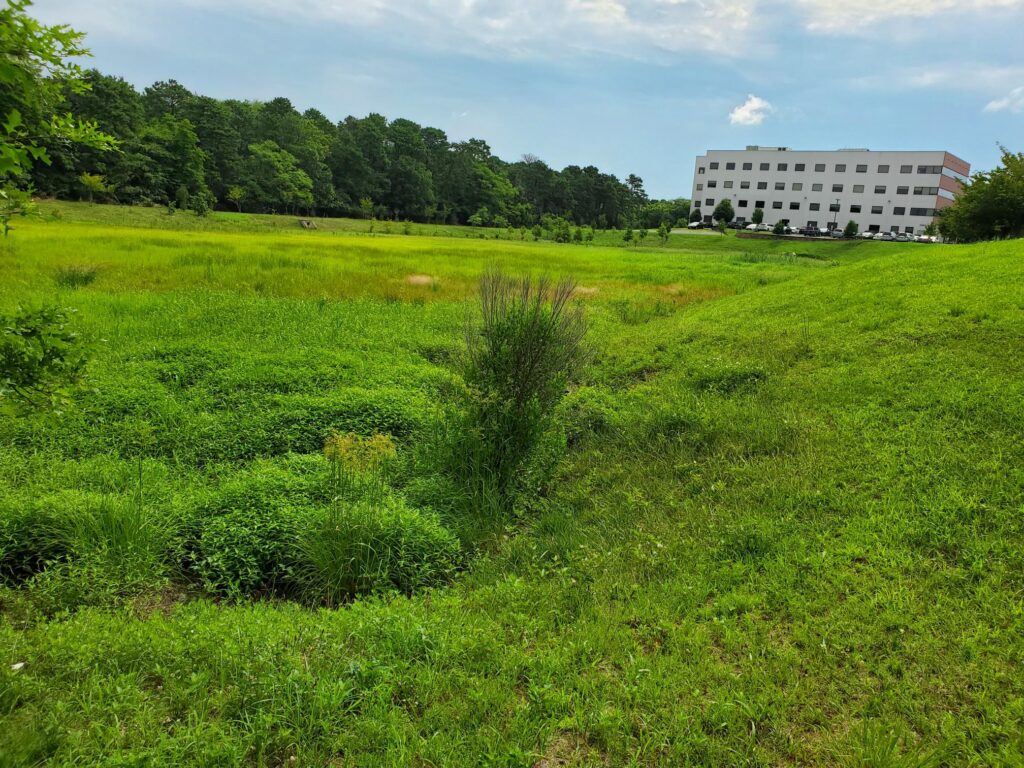
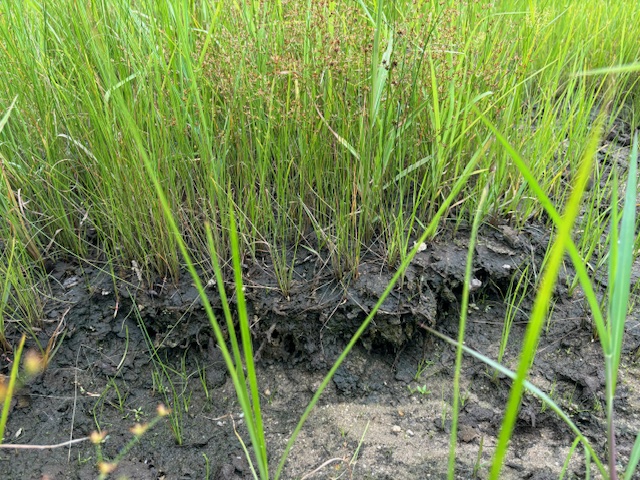
Key Features:
- Natural Filtration: The basin bottom was seeded with a mix of native grasses and flowering perennials, whose deep root systems allow water to infiltrate the ground quickly during periods of heavy rain.
- Ecosystem Support: Future plans for this basin include the implementation of two “habitat islands” consisting of trees and shrubs to benefit wildlife.
- Protecting Habitat: A 7-foot tall deer fence will be installed around the habitat islands to prevent damage from deer browse on the trees and shrubs.
Fun Fact!
Trees can absorb between 10-150 gallons of water daily, making them highly suitable for proper basin functioning.
Why Are Basins Important?
- Flood Control: Detention and retention basins slow down rainwater runoff during storms, reducing the risk of local flooding.
- Water Supply: Basins channel water downward where it is filtered by the soil and recharges the aquifer.
- Water Quality: By filtering out pollutants such as fertilizers, basins prevent contaminants from entering local rivers, lakes, and groundwater.
- Ecosystem Health: Basins provide critical habitat for plants and animals, contributing to local biodiversity.
How You Can Help
- Reduce Runoff: Plant trees or rain gardens at home to help absorb rainwater.
- Keep Basins Clean: Avoid littering or dumping waste into storm drains and near basin areas.
- Support Native Species: Consider planting native plants in your yard or garden to support local ecosystems.
Thank you for joining the tour!
To learn more about how we manage stormwater, protect our soil and water resources, and provide habitat for wildlife using native plants, visit our Lakewood Township Stormwater Basin Retrofit Project webpage, where you’ll find a complete overview of the project, along with our Stormwater Basin Management Toolkit, and more. Don’t forget to share your tour photos on social media using #LakewoodBasinsTour
Funding for the Lakewood Township Stormwater Basin Retrofit Project is provided through a Federal 319(h) Water Quality Restoration grant (Grant # WM20-008) awarded by the NJ Department of Environmental Protection to the South Jersey Resource Conservation & Development Council in partnership with Ocean County Soil Conservation District, Camden County Soil Conservation District, and Lakewood Township Department of Public Works.
